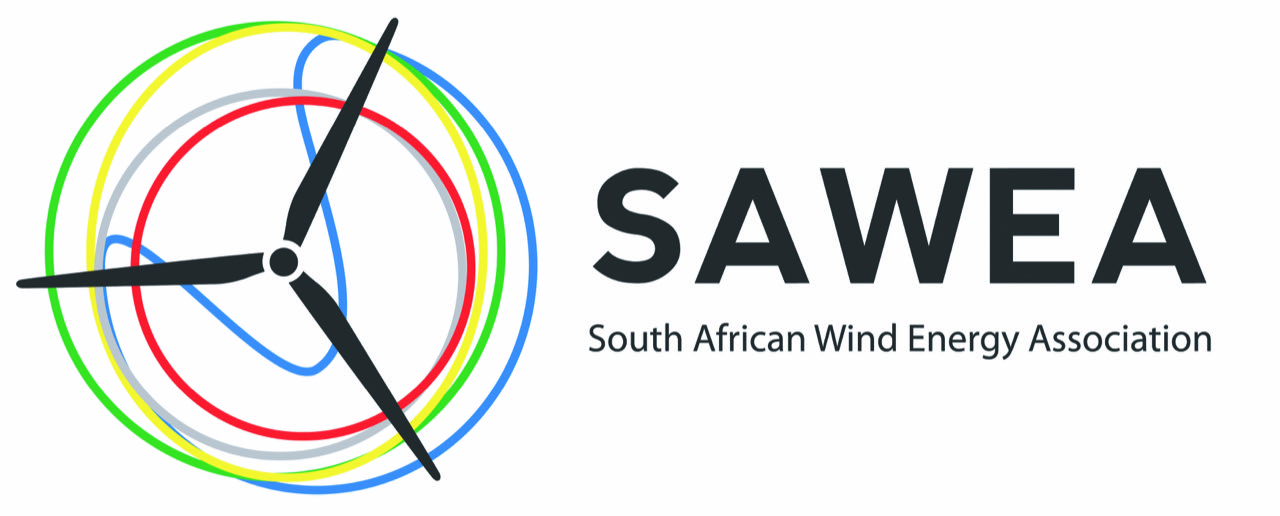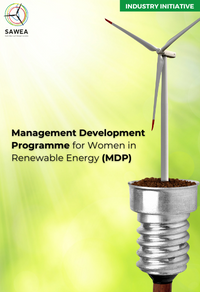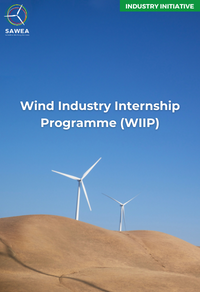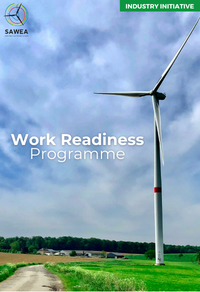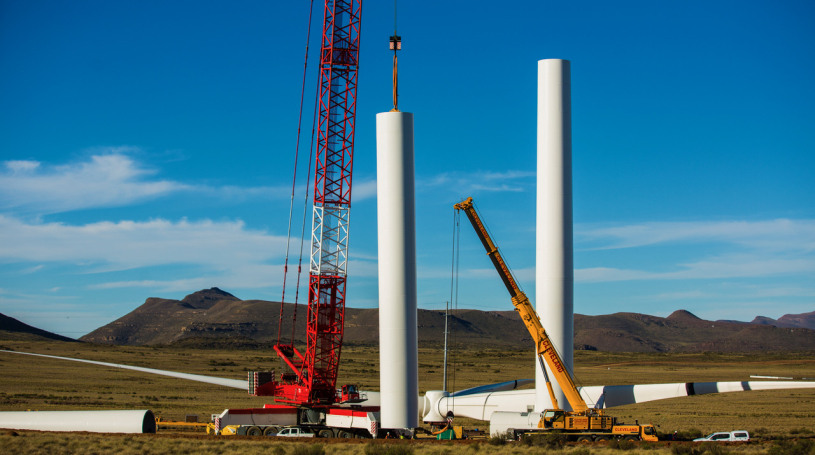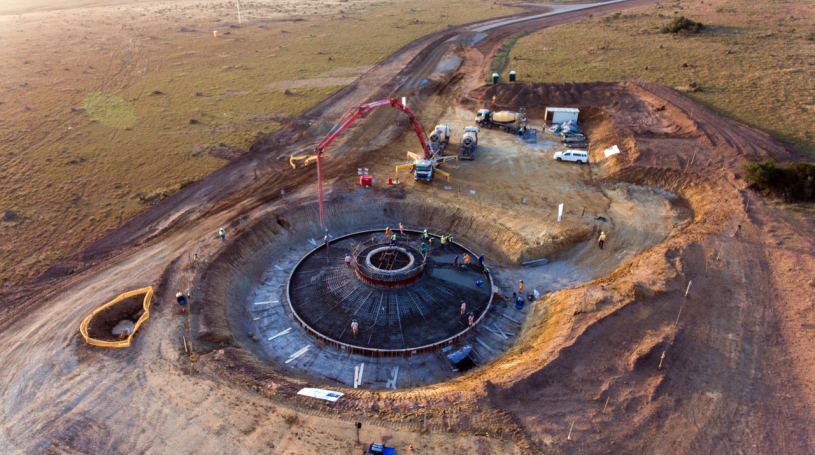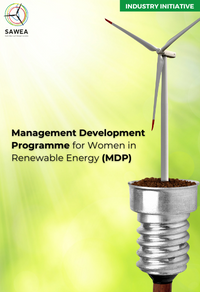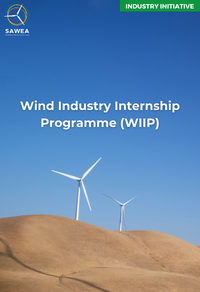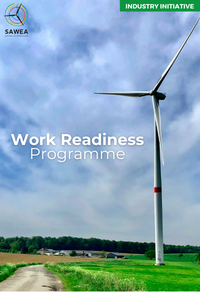Jobs of the Future: How the Wind Industry Ushers in New Opportunities
Within South Africa’s challenging economic landscape, the potential for job creation in the wind industry offers a beacon of hope. According to Statistics South Africa, the official unemployment rate rose slightly to 32.1% in the fourth quarter of 2023. The largest employment losses were in the community and social services sector, which shed 171,000 jobs, with significant job losses also recorded in construction, agriculture, trade, and manufacturing.
Amidst these challenges, the wind industry stands out as a key player in the renewable energy landscape, promoting job opportunities, environmental sustainability and economic growth. In the first quarter of 2024, wind technology accounted for 4.9% of the electricity produced, making it the leading renewable energy technology in South Africa’s energy mix.
On the greater continent, Africa’s manufacturing output is expected to grow by more than 6% annually until at least 2025, amplifying the need for a robust and sustainable energy supply.
South Africa is at the forefront of this transformation, accelerating its transition to a low-carbon future anchored by the South African Renewable Energy Master Plan (SAREM). Wind energy contributes significantly to alleviating the impact of climate change, boosting job creation and community development. The rapid expansion of the wind industry requires a diverse array of skills and roles.
Emerging positions required in the industry include engineers, project managers, environmental experts and data analysts.
Santosh Sookgrim, Senior Technical Advisor at the South African Wind Energy Association (SAWEA), highlights the importance of a multifaceted talent pool: “The wind industry requires a blend of technical, policy, legal and environmental expertise across the full value chain. We are seeing an increasing need for professionals in monitoring and control systems, AI-based maintenance and data analysis."
To meet these evolving needs, the industry is actively expanding its talent pool. Initiatives such as SAWEA’s Wind Industry Internship Programme are essential in attracting new graduates. Furthermore, the sector is tapping into related industries and upskilling workers through short courses and on-the-job training such as SAWEA’s Management Development Programme for Women in Renewable Energy. Ensuring accessibility and opportunities for entry remains a priority to sustain this growth.
The wind industry’s contribution to South Africa’s economic and environmental goals is undeniable. As the country continues to embrace renewable energy, the job opportunities created by this sector will play a crucial role in driving sustainable development and prosperity for future generations. Sookgrim unpacks these benefits further.
Economic Impact and Community Development
The economic impact of the wind industry in South Africa is profound. Sookgrim notes that over the past decade, the sector has attracted investments exceeding R89 billion, creating over 23,000 job-years and powering over three million homes annually. Wind farms also contribute significantly to local communities, funding initiatives within a 50km radius of their sites as part of the Renewable Energy Independent Power Producer Procurement (REIPPP) programme. These initiatives include educational support, food security programs, healthcare services and community safety projects, fostering community development.
Innovation and Technology Driving Job Creation
Technological advancements are driving job creation in the wind sector. Innovations extend beyond turbine technology, including advanced monitoring and control systems, AI-driven maintenance and avifaunal detection systems. The data analysis and software development fields are growing within the industry. Additionally, local manufacturing, such as Nordex’s establishment of a concrete tower manufacturing facility in the Eastern Cape, underscores the sector’s commitment to job creation and localisation.
Future Outlook and Challenges
Sookgrim emphasises: “The wind industry’s future in South Africa is promising, with job growth projections closely tied to the sector’s expansion. As the demand for renewable energy rises, so will the need for a skilled workforce.
“However, challenges such as regulatory hurdles, grid integration and the need for continuous innovation remain. These challenges need to be addressed through strategic planning, enhanced training programmes, policies that support sustainable growth and collaboration between industry and government.
“We are committed to meeting today’s energy needs and ensuring a sustainable and prosperous future. By investing in technological innovation, skills development and community engagement, the wind industry can be a catalyst for transformative economic and environmental change,” Sookgrim concludes.
The sector is vital to South Africa’s renewable energy landscape, driving environmental sustainability and economic transformation. By focusing on emerging roles and skills, economic impact, technological innovation, sustainability and future job growth, the wind industry is set to create new opportunities and a greener, more prosperous future. As SAWEA continues to champion these initiatives, the benefits of wind energy will become increasingly evident.
